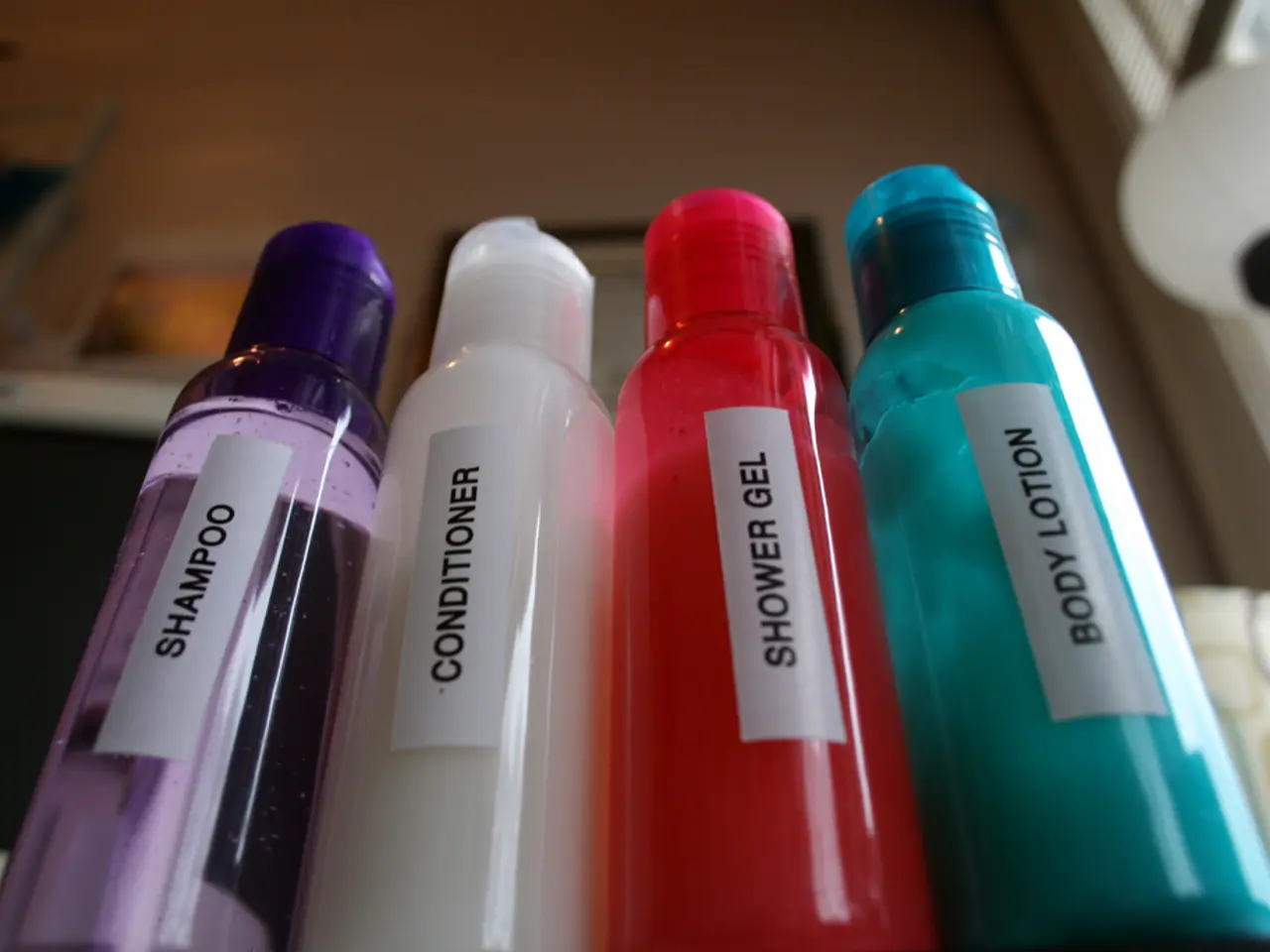Discover the latest wave of alpha hydroxy acids emerging on the scene
In the ever-evolving world of skincare, a new generation of active ingredients is gaining prominence, aligning perfectly with the growing "slow beauty" movement. This movement, which emphasizes mindful, minimalistic, safe, and skin-health-focused skincare, is resonating with consumers who are becoming increasingly selective and demanding transparency, natural ingredients, and long-term skin health benefits in their products.
At the heart of this shift is the emergence of polyhydroxy acids (PHAs). These organic carboxylic acids are not only natural but also highly hydrating, making them a perfect fit for the slow beauty ethos.
PHAs, such as gluconolactone and lactobionic acid used in Apibreeze, are polyhydroxids that refine the stratum corneum, strengthen the epidermis, and redensify the dermis. They are indicated for sensitive skin and are not phototoxic, making them a gentler alternative to alpha-hydroxids and beta-hydroxids, which are commonly used acids in the skincare market but can cause irritation.
Brands are recognising the benefits of these gentle exfoliants and are educating consumers about the advantages of chemical peels, a non-invasive treatment that offers benefits such as glow, hydration, and anti-aging. Chemical peels have a promising future, with new market opportunities in exfoliation, oil control, and hydration.
The global skincare ingredients market is rapidly growing, currently worth over USD 13 billion and expected to reach USD 21.5 billion by 2034. This growth is largely driven by consumer preference for natural, organic, and clinically proven ingredients, and ingredient transparency initiatives—core attributes of slow beauty.
Apibreeze, for instance, is the gentlest hydroxy acid for the skin. It contains multifloral honey extracted from plants in the Spanish National Park of Albera, offering a complementary action to PHAs, recovering, purifying, regenerating, and hydrating the skin.
PHAs stimulate cell renewal and remove dead cells from the outer layers of the skin, renewing it to make it stronger, more hydrated, and preventing premature aging. They are gaining attention in the skincare market due to their ability to reduce wrinkles, marks, and spots without causing irritation.
As the skincare industry evolves to incorporate gentler exfoliants like PHAs, it is clear that the slow beauty movement is shaping the industry's ingredient focus by boosting the use of clinically backed, gentle actives and reinforcing the importance of transparency and sustainability in skincare development. This movement is a testament to consumer demand for safe, effective, and thoughtfully formulated products.
- The growing "slow beauty" movement in skincare is resonating with consumers who are demanding transparency, natural ingredients, and long-term skin health benefits in their products.
- Brands are recognising the benefits of polyhydroxy acids (PHAs) like gluconolactone and lactobionic acid, which are gaining prominence due to their suitability with the slow beauty ethos.
- The global skincare ingredients market is rapidly growing, primarily driven by consumer preference for natural, organic, and clinically proven ingredients, and ingredient transparency initiatives—core attributes of slow beauty.
- As the skincare industry evolves to incorporate gentler exfoliants like PHAs, it is emphasizing mindful, minimalistic, safe, and skin-health-focused skincare, aligning with the slow beauty movement.
- In the realm of men's health and women's health, as well as in health-and-wellness, nutrition, and environmental-science, there is a growing need for products that are sustainable, transparent, and effective, signifying the influence of the slow beauty movement beyond skincare.




